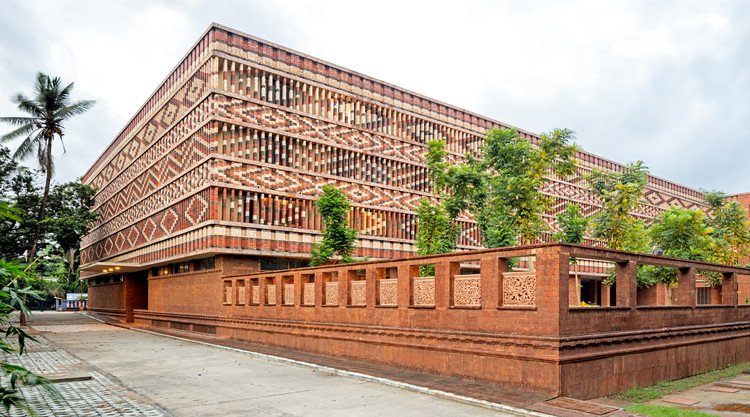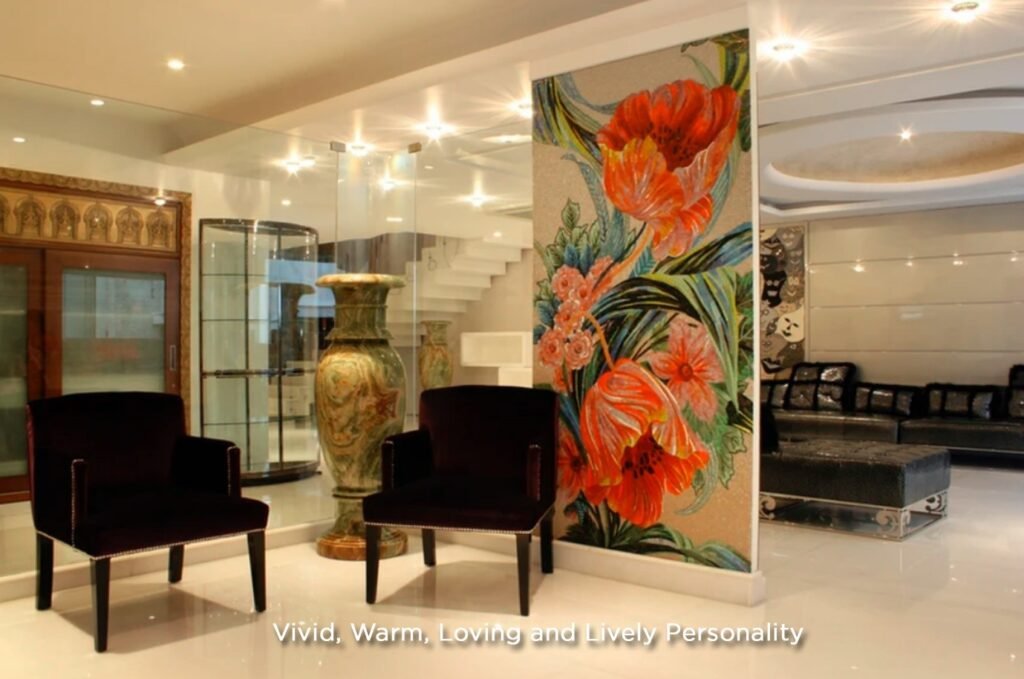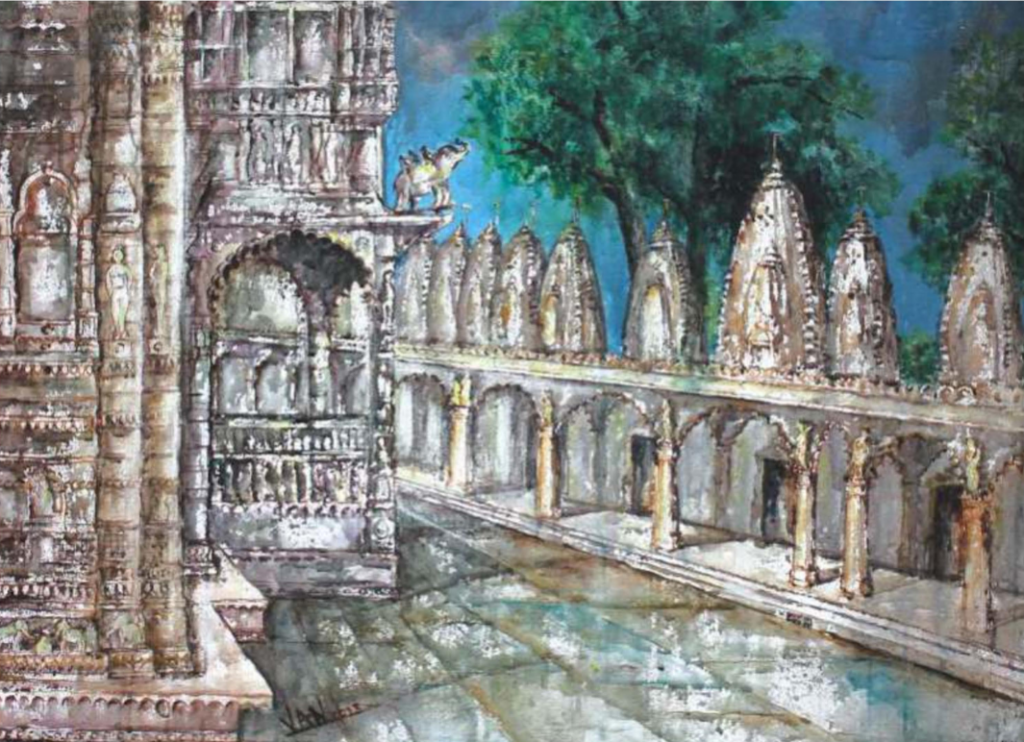For centuries, architecture has been the negotiation between hand and mind. The mason’s chisel, the carpenter’s saw, the weaver’s loom these were tools that not only shaped materials but also shaped culture. Craft gave architecture its intimacy, its ability to resonate with place and people. Yet the 21st century introduces new tools: algorithms, robotic arms, …

Table of Contents
- The Meaning of Craft in Architecture
- What is Digital Craft?
- Global Examples of Digital Craft in Action
- Philosophical Dimensions: Craft as Dialogue, Not Opposition
- Cultural Perspectives on Digital Craft
- The Human Experience of Digital Craft
- Challenges in Digital Craft
- Toward a Future of Hybrid Making
- Conclusion
For centuries, architecture has been the negotiation between hand and mind. The mason’s chisel, the carpenter’s saw, the weaver’s loom these were tools that not only shaped materials but also shaped culture. Craft gave architecture its intimacy, its ability to resonate with place and people. Yet the 21st century introduces new tools: algorithms, robotic arms, 3D printers, and augmented reality. For some, this marks a departure from tradition, a fear that machines will erase the hand. For others particularly architects attuned to psychology, culture, and ecology it signals an extraordinary opportunity: a new form of craft, digital craft, where tradition and technology converge rather than compete.
From the architect’s perspective, digital craft is not about novelty. It is about continuity. It asks: How can age-old skills be amplified by new technologies? How can local materials and traditional know-how gain fresh expression in a digitally mediated world?
This essay explores the rise of digital craft through theory, practice, and global case studies, revealing how architecture today stands at the intersection of ancestral memory and algorithmic precision.
The Meaning of Craft in Architecture
Craft is often understood as skillful handwork. But in architecture, it means more:
- Material intelligence: knowing how stone splits, how timber bends, how lime breathes.
- Cultural embedding: techniques passed down generations, shaped by climate and ritual.
- Human expression: details that carry the trace of the maker’s hand.
Modernity, with its industrialized building systems, disrupted this intimacy. The 20th century celebrated efficiency, repetition, and standardization. Craft risked becoming obsolete, relegated to nostalgia or decorative afterthoughts.
Yet paradoxically, the digital age often accused of alienating humans from material—has reawakened interest in craft. Why? Because digital tools, when wielded thoughtfully, re-enable the precision, customization, and responsiveness once inherent in handcraft.
What is Digital Craft?
Digital craft is the fusion of traditional knowledge and new technologies. It is not simply about using computers to design complex forms. Rather, it involves:
- Parametric and generative design to interpret natural patterns and cultural motifs.
- Digital fabrication (CNC milling, laser cutting, robotic assembly, 3D printing) to translate complex geometries into buildable components.
- Augmented reality (AR) and virtual reality (VR) to guide craftsmen during construction.
- Material innovation where old techniques are reimagined through digital logics (e.g., clay 3D printing echoing ancient pottery).
Crucially, digital craft does not replace traditional skills. It extends them. The carpenter now works with a CNC router alongside a chisel; the weaver codes patterns for a robotic loom; the stonemason partners with a robotic arm to cut parametric stone panels.
Global Examples of Digital Craft in Action
1. Sagrada Família, Barcelona – Antoni Gaudí with Contemporary Digital Teams
Gaudí’s unfinished basilica epitomizes digital craft. While Gaudí’s original methods used plaster models and hanging chains to simulate parabolic arches, contemporary teams use parametric modeling and 3D printing to continue construction faithfully. Craftsmen carve stone with the assistance of CNC templates, ensuring accuracy while retaining the artistry of hand finishing. Here, digital tools serve not as a replacement but as a translator across centuries.
2. METI Handmade School, Bangladesh – Anna Heringer and Eike Roswag
Though apparently low-tech, this project embodies digital craft. The architects combined local mud and bamboo techniques with precise engineering models and digital simulations of load and thermal performance. The result is a building deeply rooted in local craft yet globally recognized for innovation. It shows that digital craft is not about glossy materials but about merging ancestral intelligence with modern analysis.
3. Al Bahr Towers, Abu Dhabi – Aedas Architects
The façade of these towers features a dynamic mashrabiya system, inspired by traditional Islamic latticework. Digital parametric modeling allowed thousands of shading units to be designed and automated for solar response. The project demonstrates how a cultural motif wooden mashrabiyas could be reborn through computational logic, reinforcing identity while enhancing performance.
4. Moriyama House, Tokyo – Ryue Nishizawa (SANAA)
Though seemingly minimalist, Nishizawa’s approach reflects digital craft in its orchestration of precision prefabrication and intimate urban craft. Small volumes, interconnected courtyards, and translucent materials reinterpret the Japanese tradition of modularity and permeability with contemporary digital precision.
5. Studio Mumbai, India – Bijoy Jain
Bijoy Jain exemplifies hybrid craft. His projects combine Indian handcraft traditions stone joinery, brickwork, bamboo with global precision techniques. For example, digital surveys inform traditional artisans, ensuring accuracy while allowing local handwork to shine. His Palmyra House showcases timber and thatch assembled with age-old techniques, yet designed with modern simulation.
6. Elbphilharmonie, Hamburg – Herzog & de Meuron
The concert hall’s acoustics required extreme precision. Yasuhisa Toyota, the acoustician, collaborated with the architects to design a “white skin” interior of 10,000 unique gypsum panels. Each panel’s texture was generated algorithmically, milled by robots, and installed by hand. Here, digital craft means combining parametric complexity with human assembly for sublime acoustic effect.
7. Clay 3D Printing, WASP Projects, Italy
The Italian collective WASP experiments with large-scale 3D printing of earthen structures. While the tool is futuristic, the logic is ancient: layering clay like coiled pottery. In villages in Italy and Africa, they collaborate with local masons to integrate printed shells with hand-finished details. This is digital craft at its most literal machines and hands coiling clay together.
8. Jewish Museum Extension, Berlin – Daniel Libeskind
Though better known for its narrative symbolism, the extension’s jagged geometries could only be realized with digital tools. Yet their fabrication relied on steelworkers, stonemasons, and craftsmen to cut, weld, and finish materials merging the abstract digital vision with human hands.
Philosophical Dimensions: Craft as Dialogue, Not Opposition
From the architect’s standpoint, digital craft is not a binary of hand versus machine. It is a dialogue.
- The hand provides intuition. It senses texture, weight, resistance.
- The machine provides precision. It calculates thousands of variations in seconds.
- Together they produce resonance. A lattice screen that echoes tradition, optimized by software, cut by machine, and assembled by hand.
This fusion redefines the role of the architect. No longer the heroic form-giver, the architect becomes a choreographer aligning craftspeople, algorithms, and machines into a collaborative performance.
Cultural Perspectives on Digital Craft
Japan
Japanese architecture has long valued craftsmanship, from tatami layouts to joinery. Architects like Kengo Kuma reinterpret this ethos digitally his Asakusa Culture Center uses timber screens that recall traditional shoji, optimized with computational design.
Middle East
Islamic architecture’s tradition of geometric ornament finds new expression in digital craft. The King Abdullah Petroleum Studies and Research Center (Zaha Hadid Architects) uses tessellated geometries that echo Islamic art, realized with parametric tools.
India
India’s abundance of crafts stone, brick, bamboo, weaving offers fertile ground for digital fusion. Architects like Anupama Kundoo experiment with terracotta modules produced by artisans, modeled digitally for assembly efficiency. The Wallmakers practice integrates local mud with ferrocement shells designed through digital analysis.
Scandinavia
Nordic traditions of timber craft intersect with digital fabrication. Snøhetta’s timber structures often use CNC-milled joints based on traditional carpentry, ensuring sustainable yet high-precision construction.
The Human Experience of Digital Craft
Beyond aesthetics and fabrication, digital craft has psychological effects. Spaces created through this fusion often feel both futuristic and familiar.
- A digitally cut lattice may evoke cultural memory while offering new light patterns.
- A 3D-printed clay wall may recall the touch of mud houses but with surprising precision.
- A parametric timber roof may feel organic, like walking under a forest canopy.
For users, such spaces resonate emotionally because they balance novelty with memory, precision with warmth.
Challenges in Digital Craft
- Loss of the Hand? Critics worry that digital tools erase imperfections that give craft its soul. Yet many projects intentionally reintroduce irregularity robotic arms programmed for “controlled imperfection.”
- Access and Equity. Advanced fabrication can be expensive, raising the question: who benefits? The best examples merge affordability with tradition, ensuring inclusivity.
- Skill Gap. Craftspeople may feel threatened by digital tools. The most successful collaborations invest in training, allowing artisans to co-lead the process.
- Sustainability. Not all digital fabrication is eco-friendly. Energy-intensive processes must be balanced with low-carbon materials.
Toward a Future of Hybrid Making
For architects, the future is neither purely handcrafted nor purely digital. It is hybrid. A wall may be printed by robots and plastered by hand. A stone façade may be cut with CNC precision but carved with chisel details.
This hybridity opens new opportunities:
- Customization at scale. Digital tools allow mass production of unique elements, each slightly different yet coordinated.
- Revival of endangered crafts. Artisans can find new relevance by integrating with digital workflows.
- Sustainability. Local materials, once dismissed as “low-tech,” gain precision and durability through digital refinement.
The role of the architect in this scenario is vital: to act as mediator, ensuring that technology honors tradition rather than eclipsing it.
Conclusion
Digital craft is not the death of tradition. It is its rebirth. For architects, it represents a powerful opportunity to weave together the wisdom of the hand and the intelligence of the algorithm. The result is architecture that feels both deeply rooted and boldly innovative structures that honor cultural memory while embracing technological possibility.
From Gaudí’s Sagrada Família completed by 3D printing, to Bangladeshi mud schools simulated with engineering software, to Indian courtyards revived through parametric stone screens, digital craft reveals a simple truth: the future of architecture lies not in choosing between hand and machine, but in making them dance together.
In this dance, architects must be the choreographers attentive to the rhythm of tradition, the tempo of innovation, and above all, the human experience of space. For in the end, architecture is not about tools, but about life. And life, at its best, is crafted.





